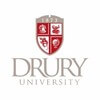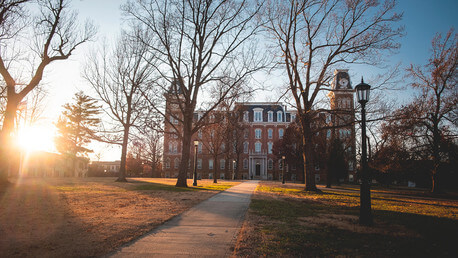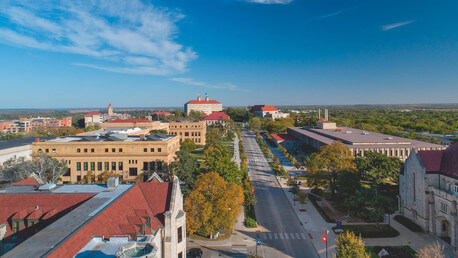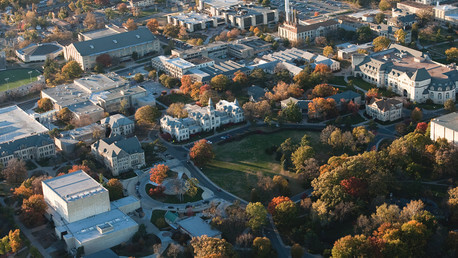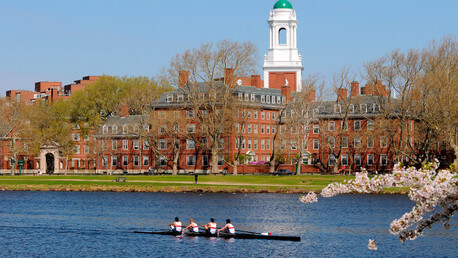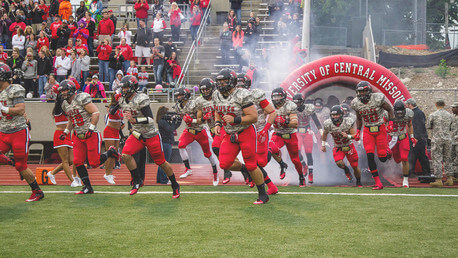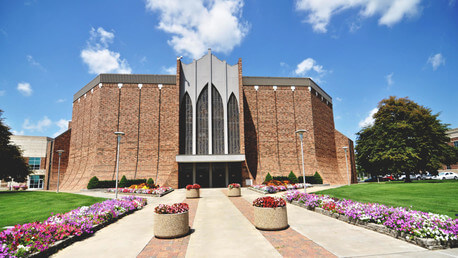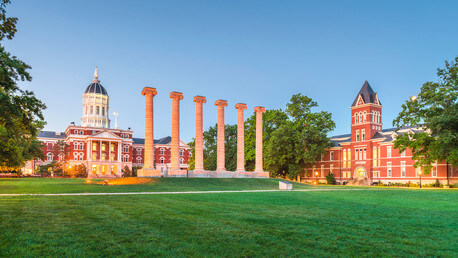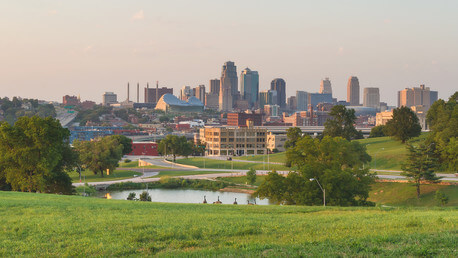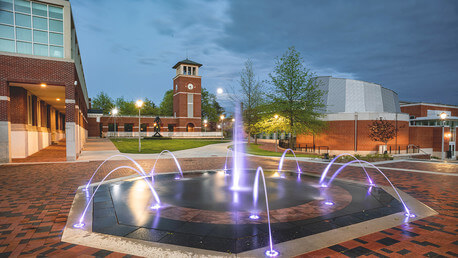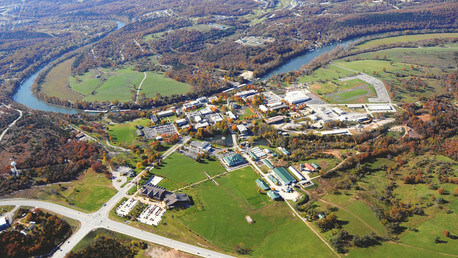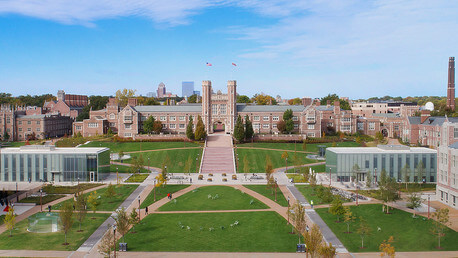Academics
Key Academic Stats
Highest Degree Offered
Master's
Total Number of Students
1,615
Total Number of Undergrads
1,345
Non Traditional Learning
- Online Classes
- Online Undergrad Degrees
- Summer Sessions
- Combined Institution Double Degree Programs
- Some Programs Requires Co-Op/Internship
Learning Options
- Study Abroad
- Honors Program
- Teacher Certification Offered
Student:Faculty Ratio
12:1
US National: 21:1Classroom Sizes
0
100
40%
Graduate in 4 Years US National: 28%
0
100
59%
Graduate in 6 Years US National: 52%
Faculty Overview
Gender
Ethnicity
What Students Are Saying
Once you declare your major and start upper level classes in that department, the classes become a little more challenging, but because the professors are helpful, success in them is achievable.
Brianna from Springfield, MO
If you choose the right classes that interest you then you will learn and have a good time, but if you take a class simply to fulfill a requirement (without it striking your interest) it can be really difficult (for example: Intro to Comparative Politics to fulfill an English major's global studies requirement). Most professors will assign things accordingly based on the level of the course.
Ayla from Ironton, MO
Ah haâ?¦ The vision for our program is what makes Drury a place of greatness. This is where academic rigor meets community engagement. Why? Drury Connect is a program bringing forth a plan to build stronger ties with the community and the population at large. This program is designed to stress the importance within the school to achieve team work and networking skills. These events are structured around a series of Advisory Councils in areas where we most obviously connect to the university and/or have the greatest potential for doing so in these focus areas:
â?¢Architecture
â?¢Business and Economic Development
â?¢Continuing Professional Studies
â?¢Education and Outreach
â?¢Environment
â?¢Fine and Performing Arts
â?¢Health Sciences
â?¢Campus Culture
These initial priorities represent, in our collective judgment, those areas that most obviously connect us to the community and in which we are best poised to move forward most quickly in the community to produce the most impact on society.
For instance, we have a meeting on Habitat for Humanity and other organizations to improve society. Our University pulls ahead in achievement directly surrounding our community. These are our imperatives and, we set them to motion. This design will only help our school flourish and grow radically.
â?¢Architecture
â?¢Business and Economic Development
â?¢Continuing Professional Studies
â?¢Education and Outreach
â?¢Environment
â?¢Fine and Performing Arts
â?¢Health Sciences
â?¢Campus Culture
These initial priorities represent, in our collective judgment, those areas that most obviously connect us to the community and in which we are best poised to move forward most quickly in the community to produce the most impact on society.
For instance, we have a meeting on Habitat for Humanity and other organizations to improve society. Our University pulls ahead in achievement directly surrounding our community. These are our imperatives and, we set them to motion. This design will only help our school flourish and grow radically.
Gail from Sioux Falls, SD
